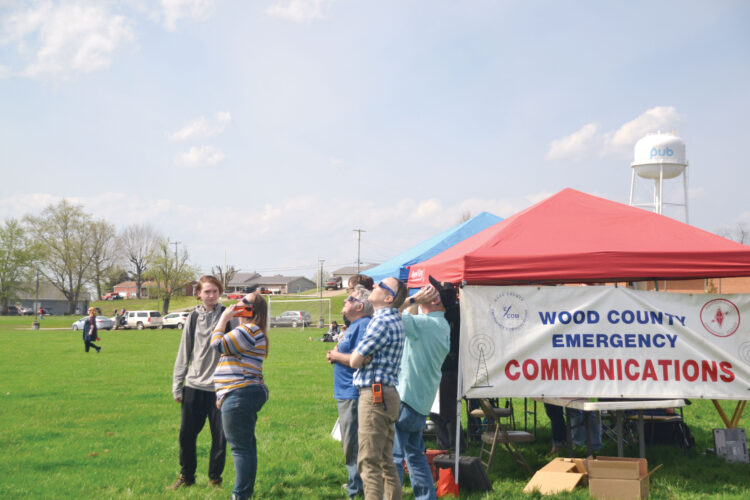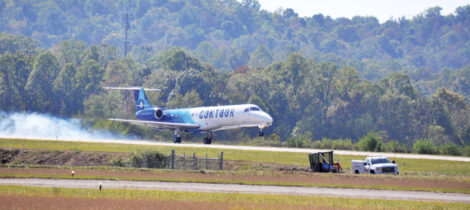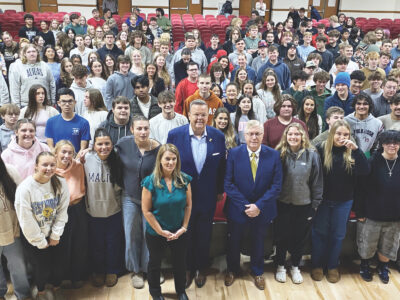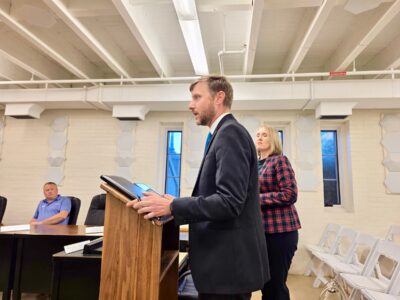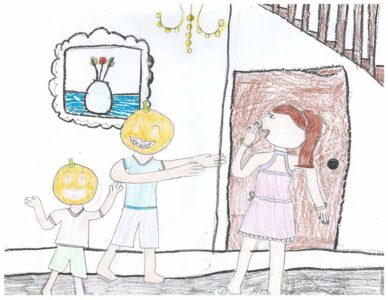South Students watch eclipse: High schoolers viewing the eclipse with help from Amateur radio operators
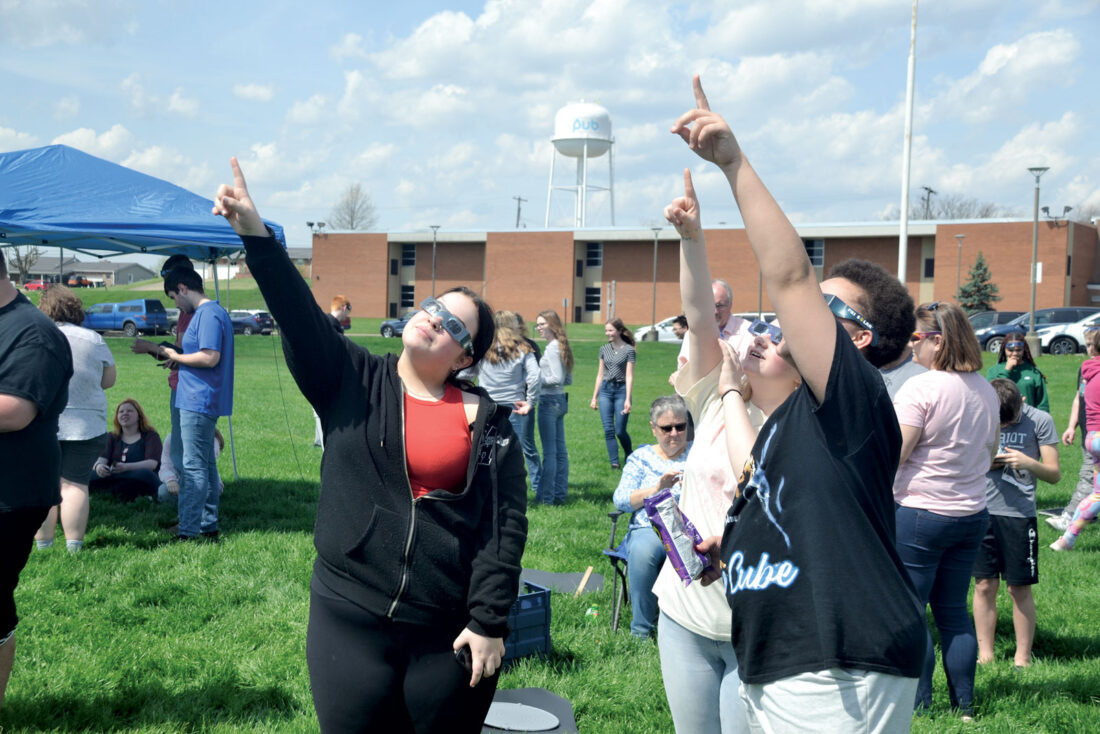
PARKERSBURG — Amateur radio operators from the Parkersburg Amateur Radio Klub set up stations at Parkersburg South High School Monday to monitor how the solar eclipse may impact radio signals.
“We are contacting stations all across North America and Canada, anywhere they can hear us, and we exchange what is known as signal strength reports,” said club President Larry Dale.
Dale said operators were using multiple ham radio bands like 40 meters, 20 meters, and 10 meters. He said different digital and voice modes like FT8, Morse code and single sideband were being utilized to contact other amateur radio stations and collect signal reports on readability, strength, and tone.
All the data on locations, times, and solar conditions will be sent to NASA and the Ham Radio Science Citizen Investigation (HamSCI) for analysis of changes in radio propagation during the eclipse.
“Not only will the birds stop chirping, but the signals will start bending,” Dale said.
Dale, who began as an amateur Ham radio operator in 1964, said it was something anyone could get started in.
“The experience of Ham radio is for the whole family,” Dale said. “We have grandpas, sons, and grandsons, and they’re all members. They all have their license. It’s more readily available nowadays.”
He said the test taken to get a license consisted of rules and regulations, proper operation and some electronic theory and math. He said the math portion wasn’t difficult and could be done by a 9-year-old.
He said for those interested they could visit the club’s website at W8PAR.org.
“You can go right to that site and it has everything there,” Dale said.”It even has all of our names and callsigns.”
South students also got a chance to take advantage of the solar eclipse to conduct hands-on science experiments and collect data of their own.
“We use the vernier probes to do temperature, UV light intensity, wind speed, we’ve got pocket sensors doing a whole bunch of science collection of data,” said Jaime Moss, co-chair of the PSHS science department. “We’re hoping to use that to go along with NASA, and put our data, through an organization called GLOBE where we work with citizen science where the kids are going to be collecting the data and then analyzing that and possibly being able to use that for future science fair projects even for next year.”
Moss said the preparations date back to the previous eclipse in 2017 and involved collaborations with NASA, the West Virginia University at Parkersburg planetarium, and donations from various partners. She said by making the most of a rare astronomical occurrence, she hopes to inspire students and influence career choices in STEM fields.
“Learning should be fun,” Moss said. “This is like a win-win situation for me, whenever I can do actual science, collecting real data, working with NASA on weather, and collecting data and then also hopefully, influencing somebody to maybe look at a job or career in science is just icing on the cake.”
Douglass Huxley can be reached at dhuxley@newsandsentinel.com
